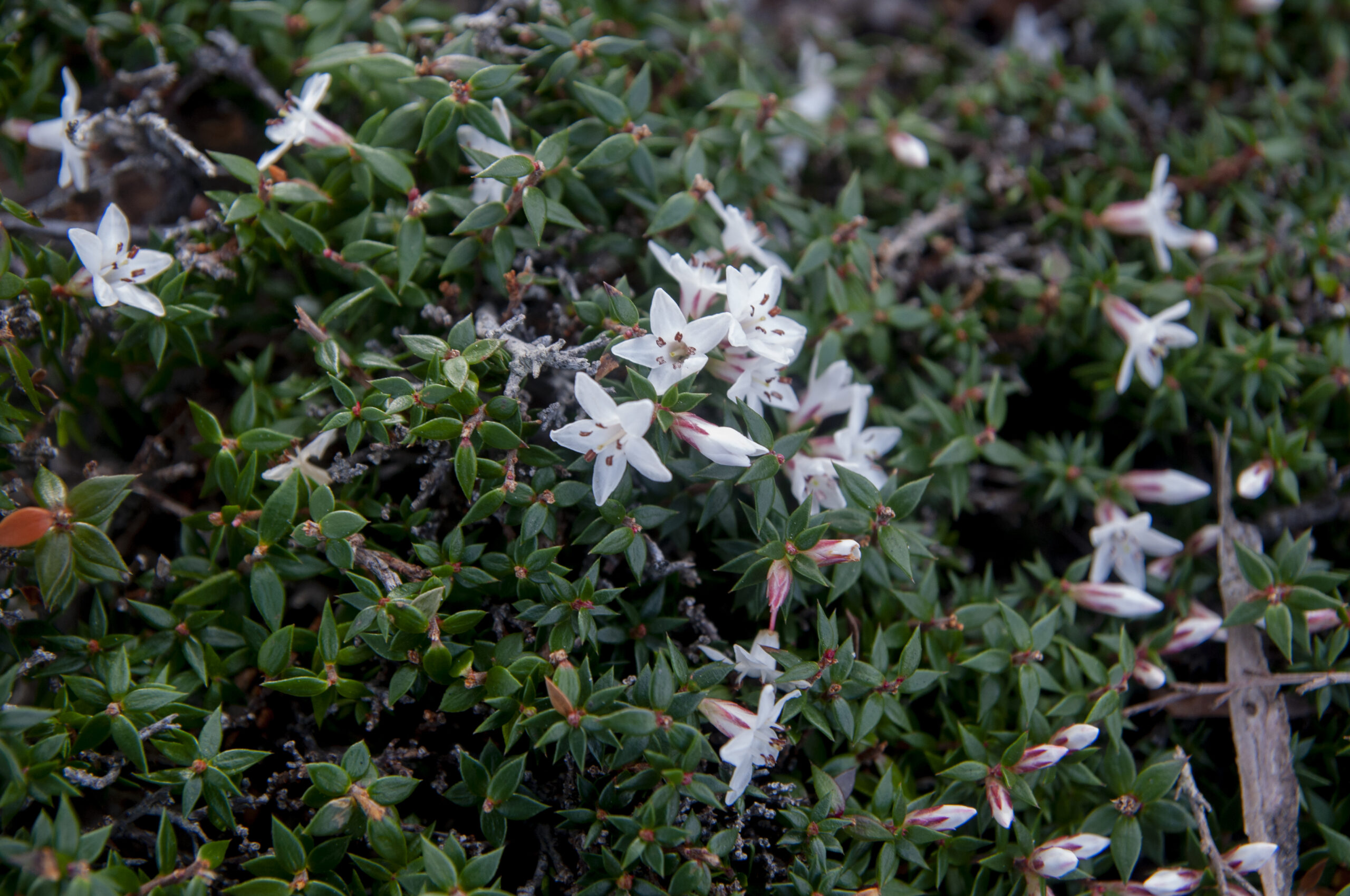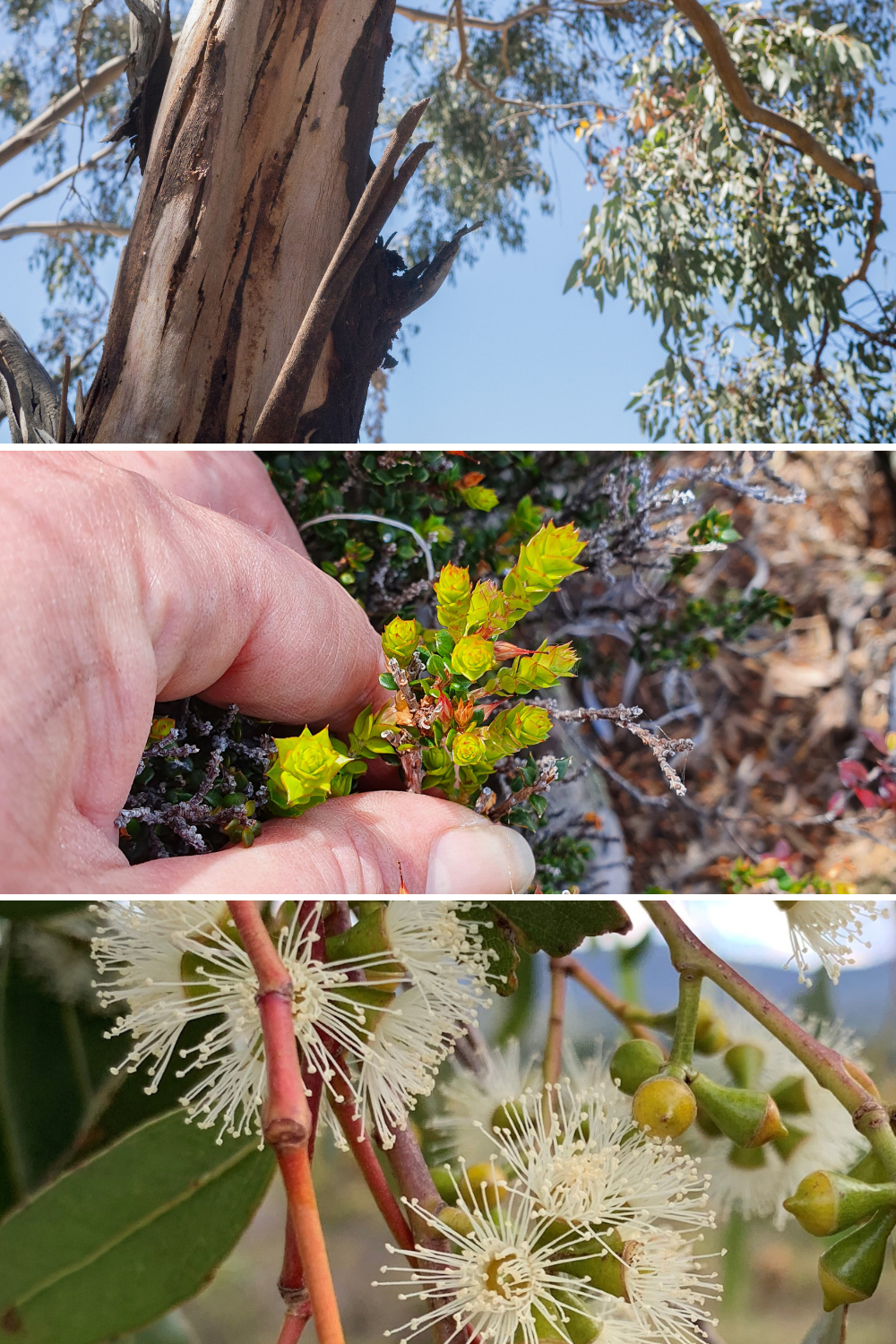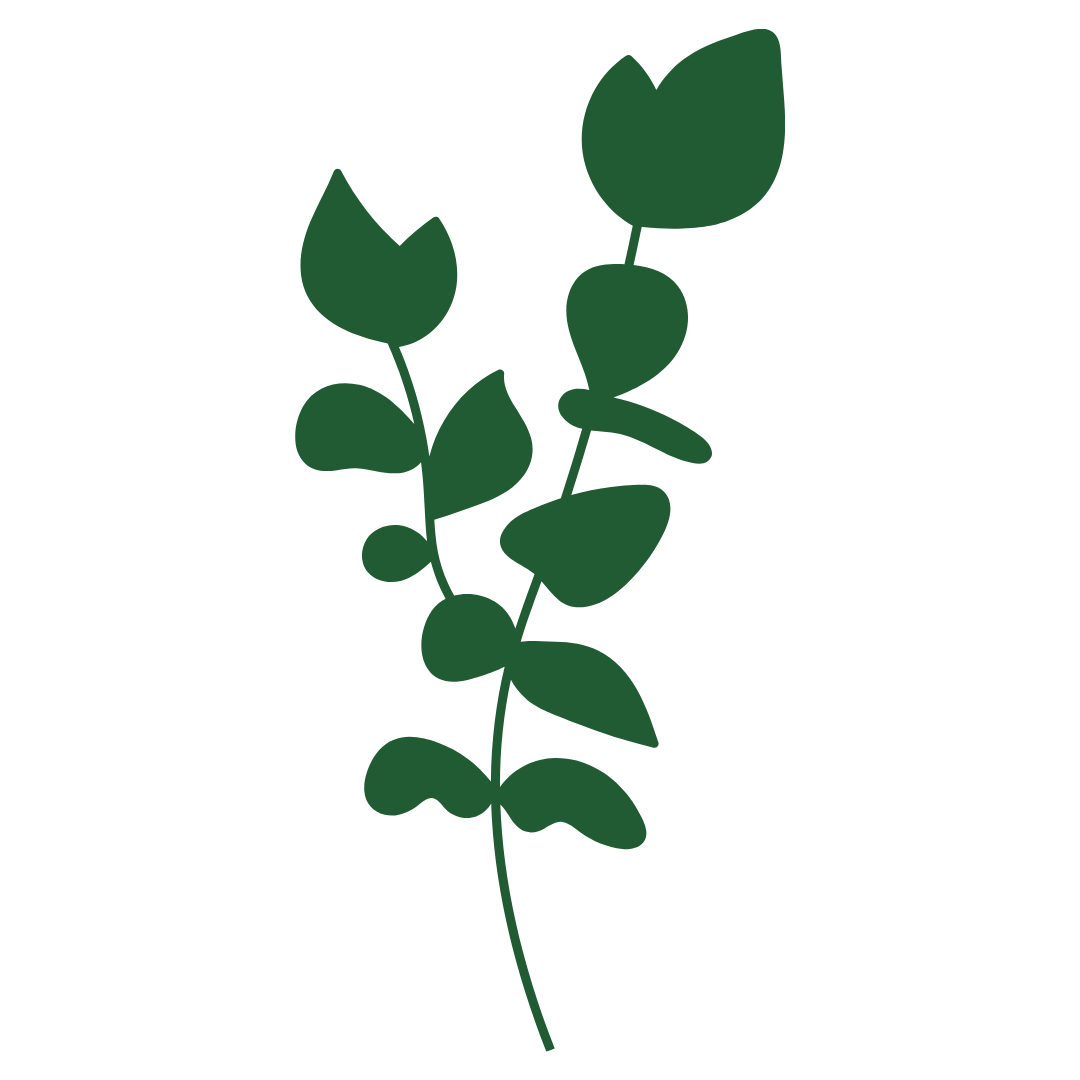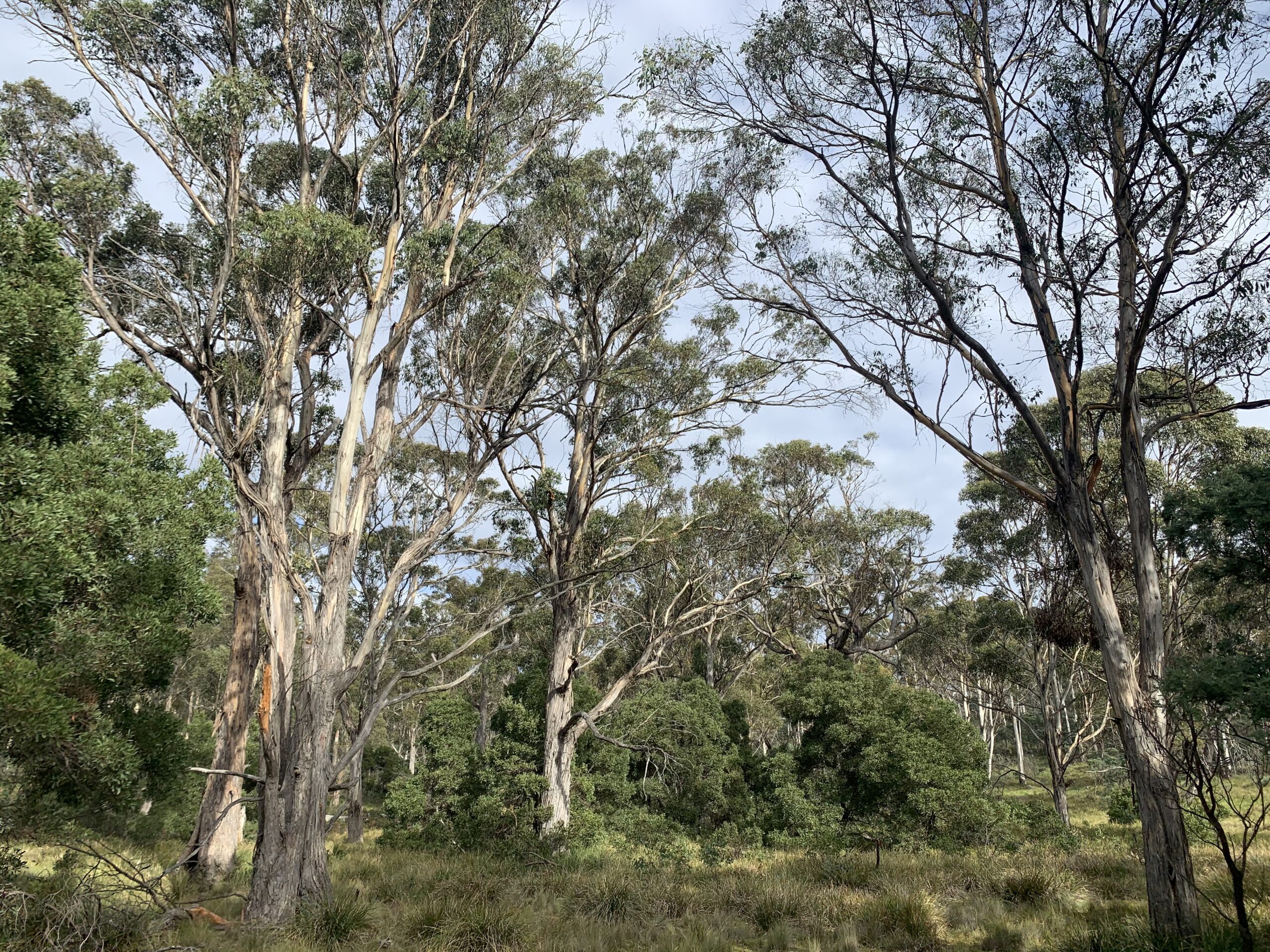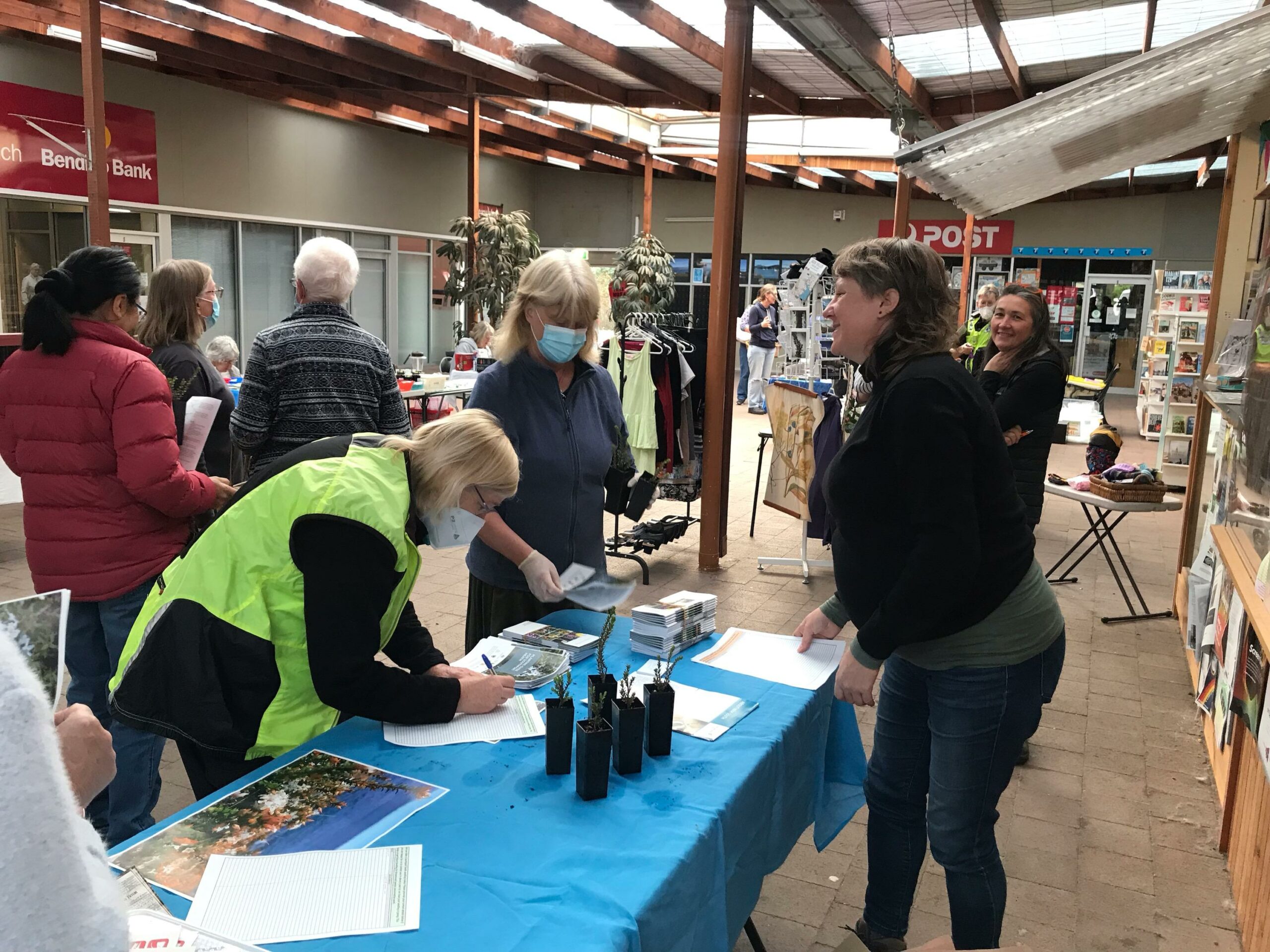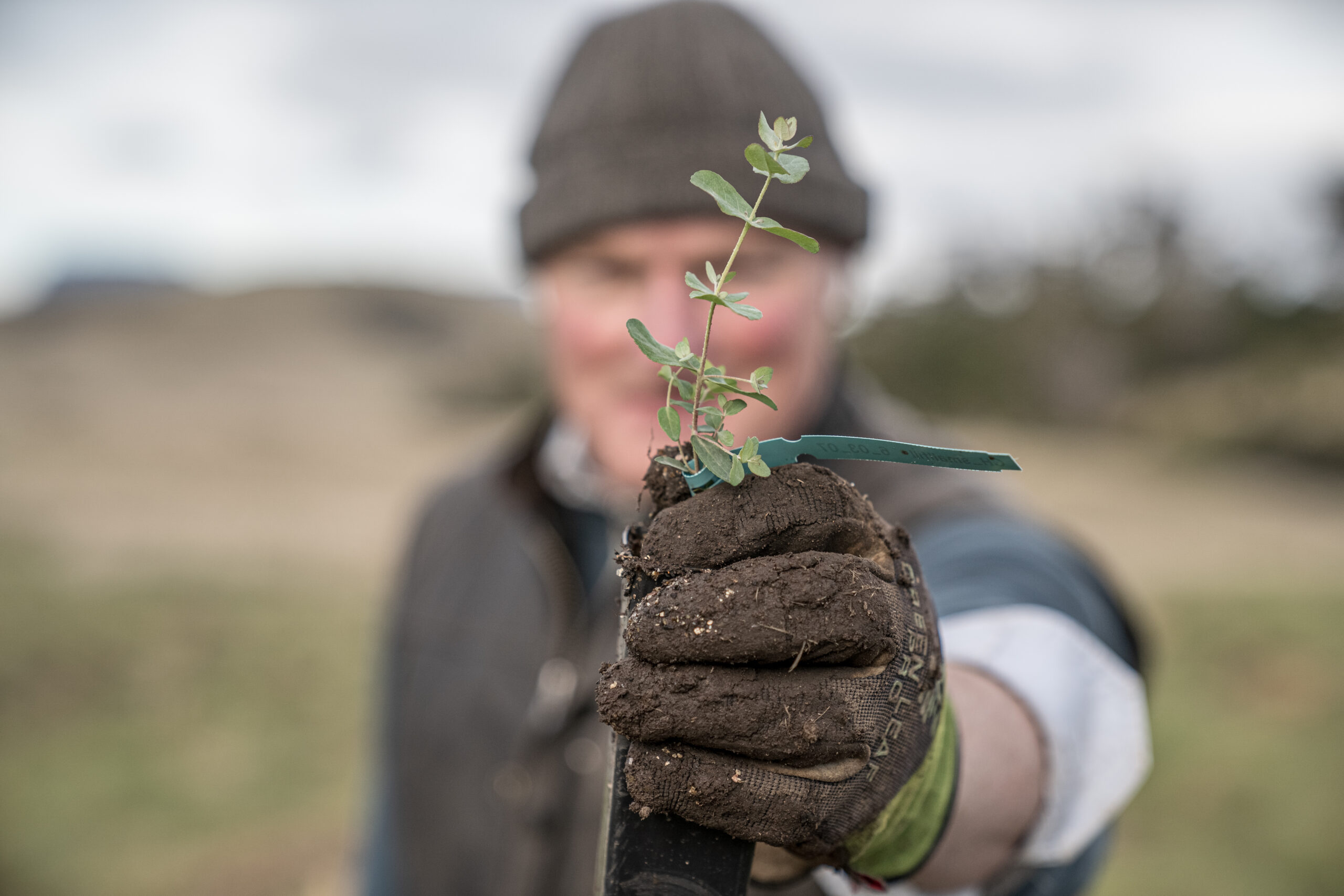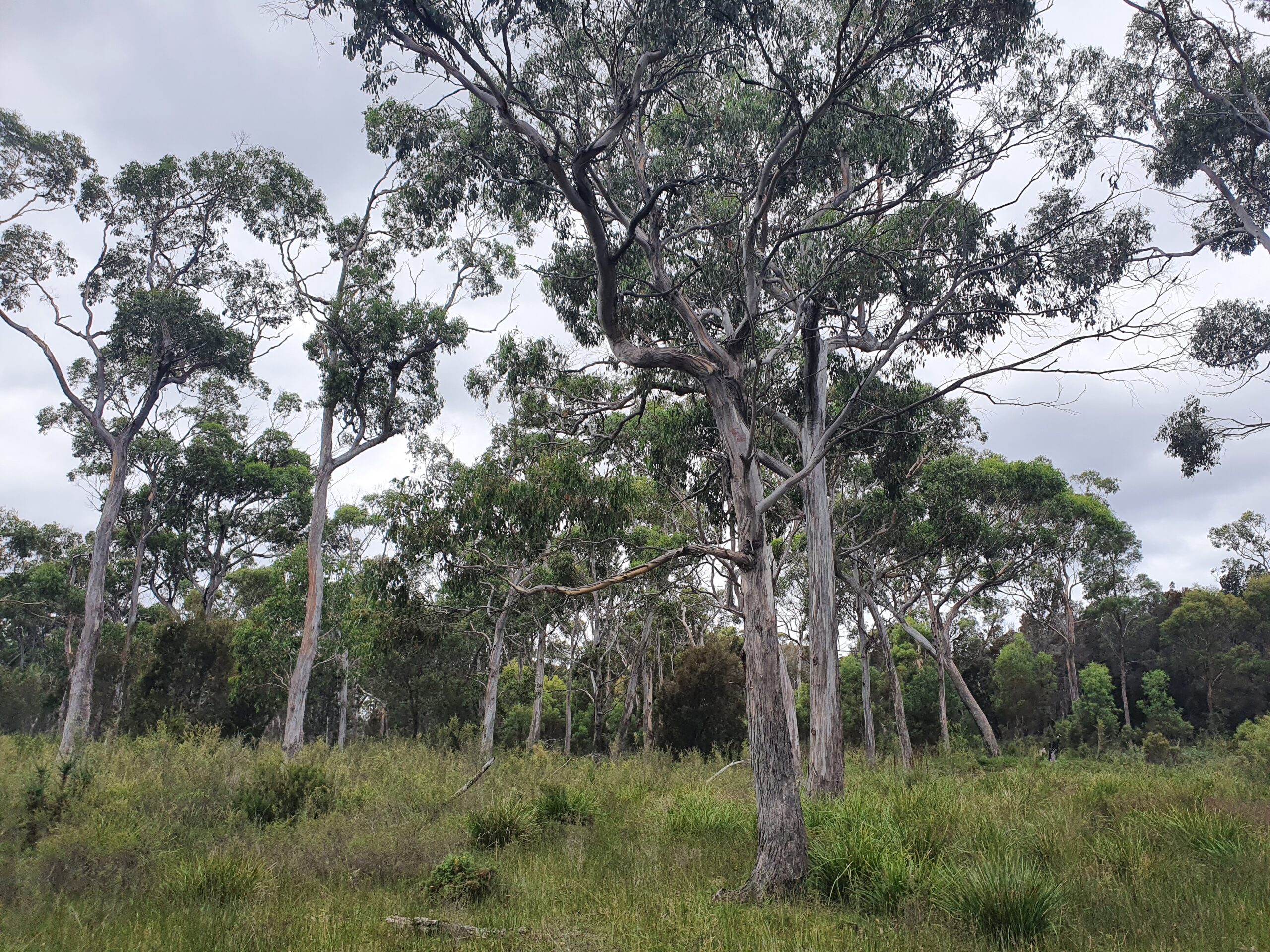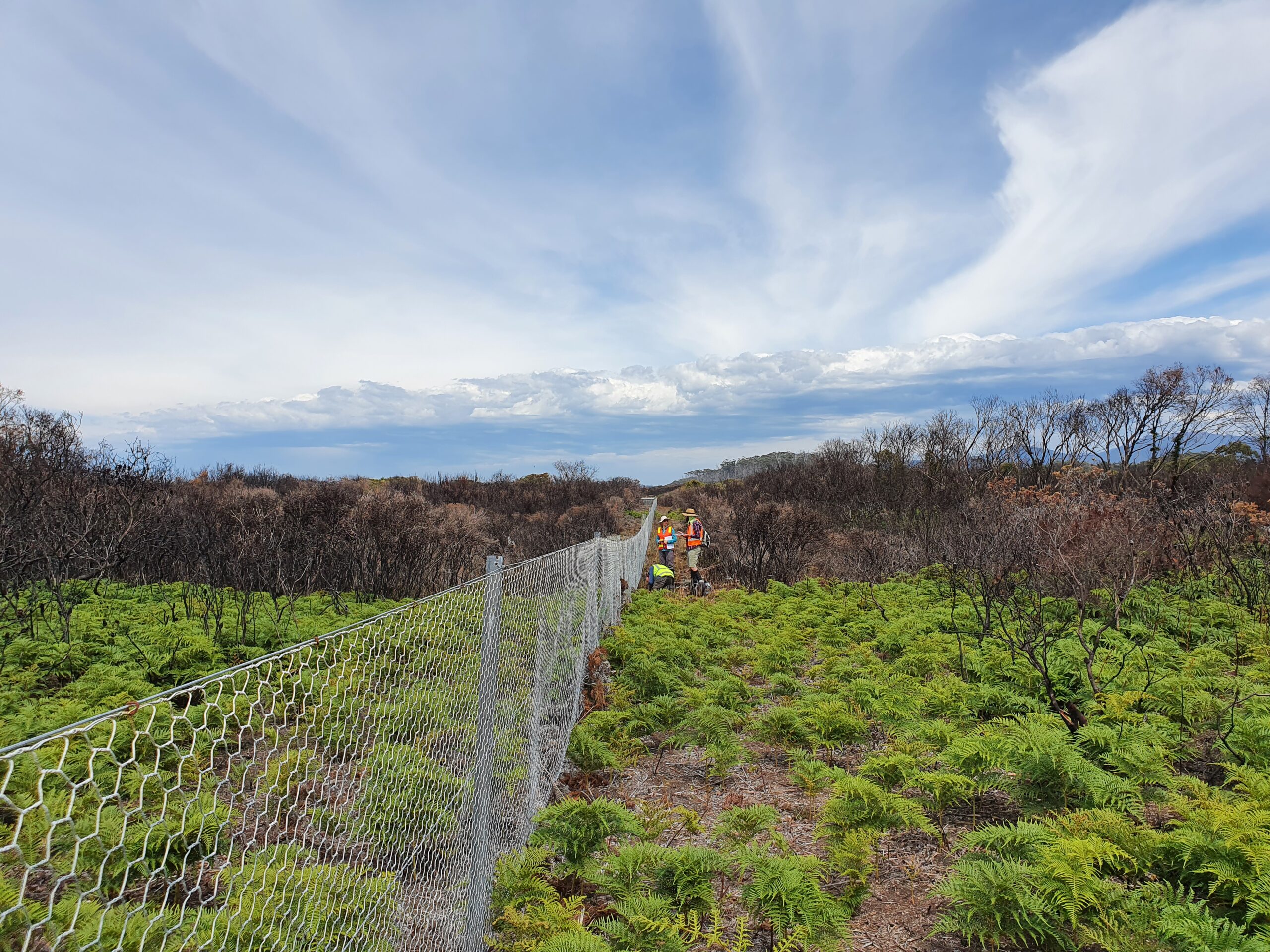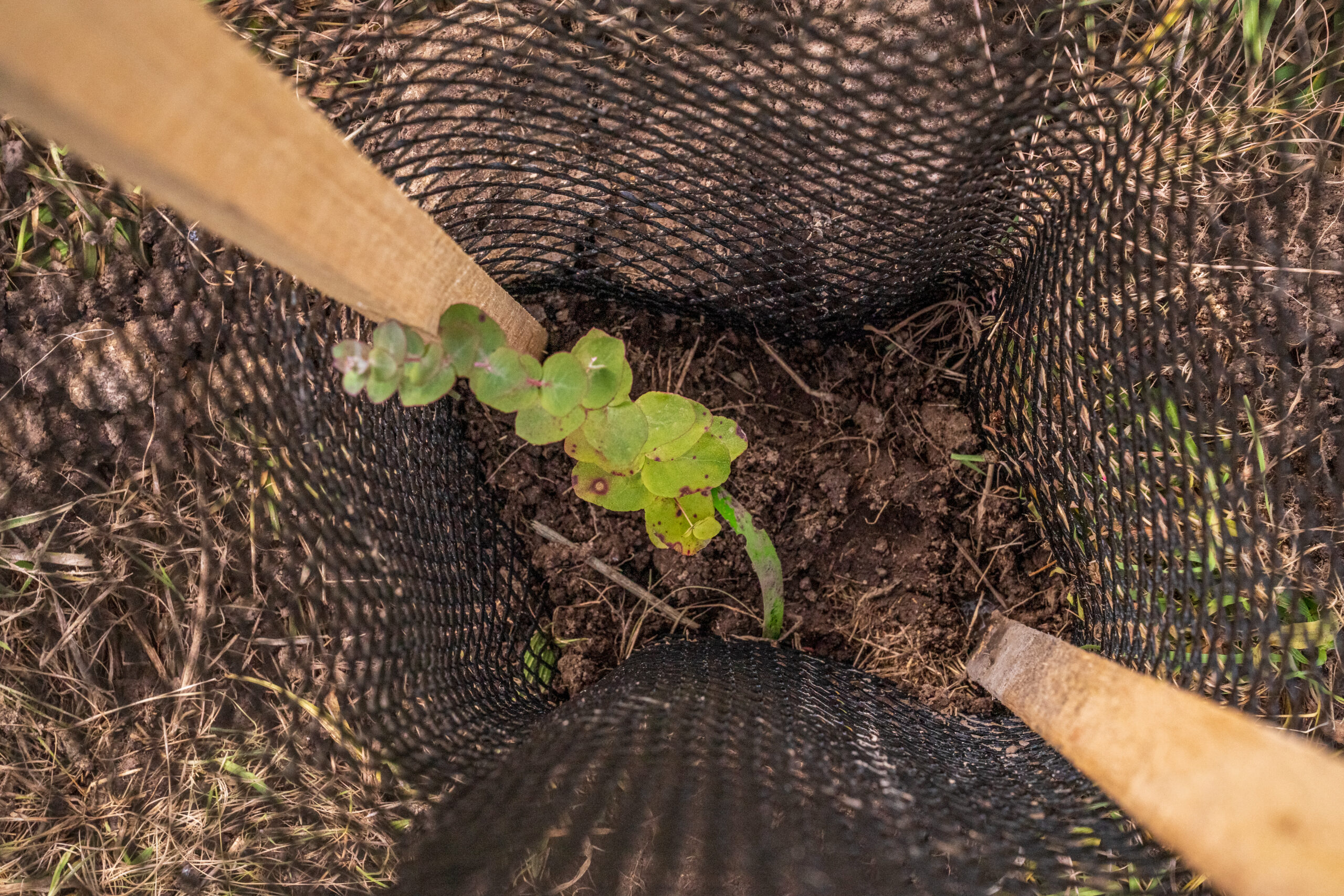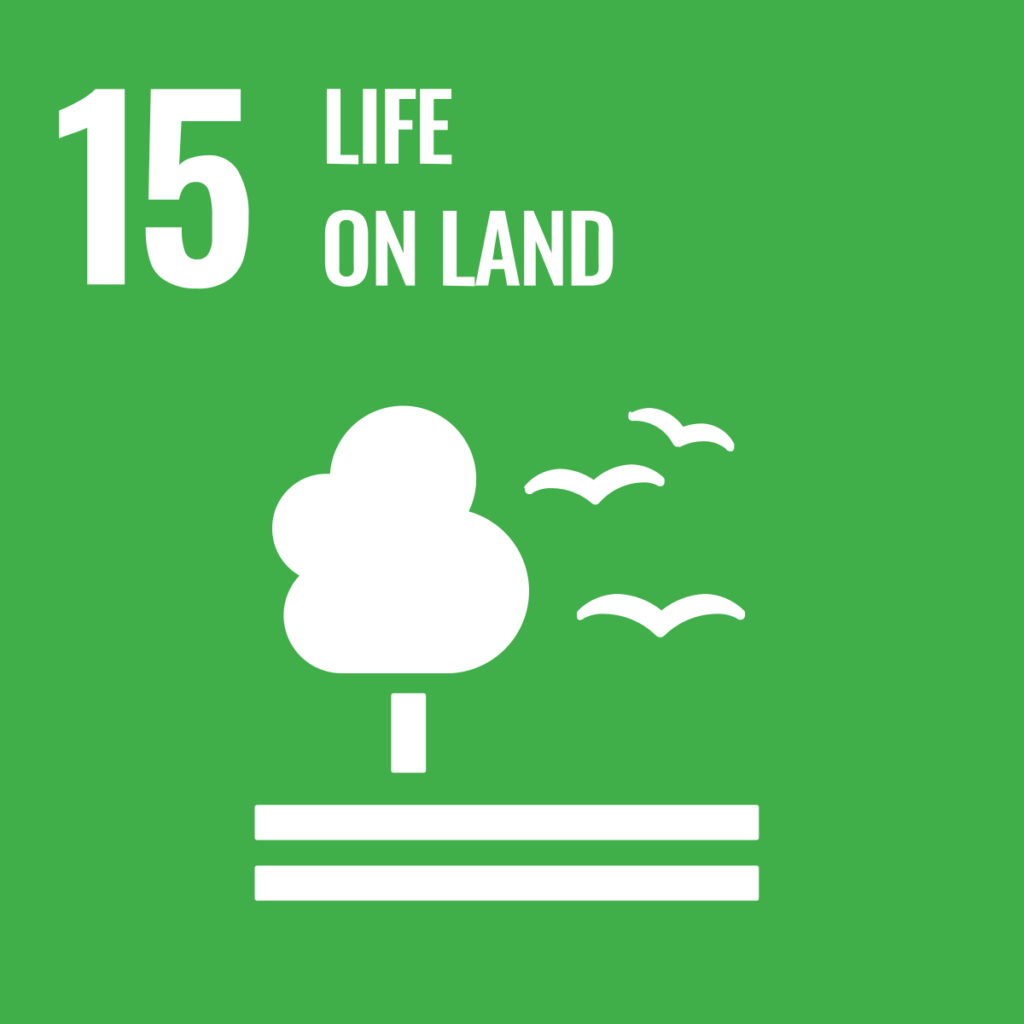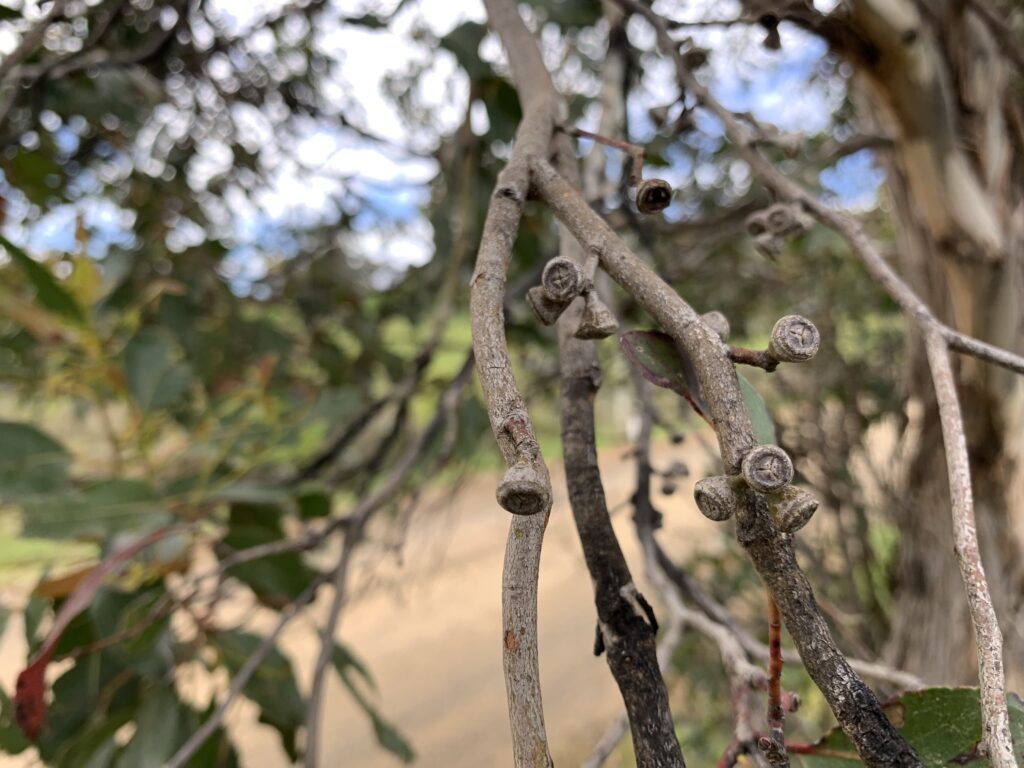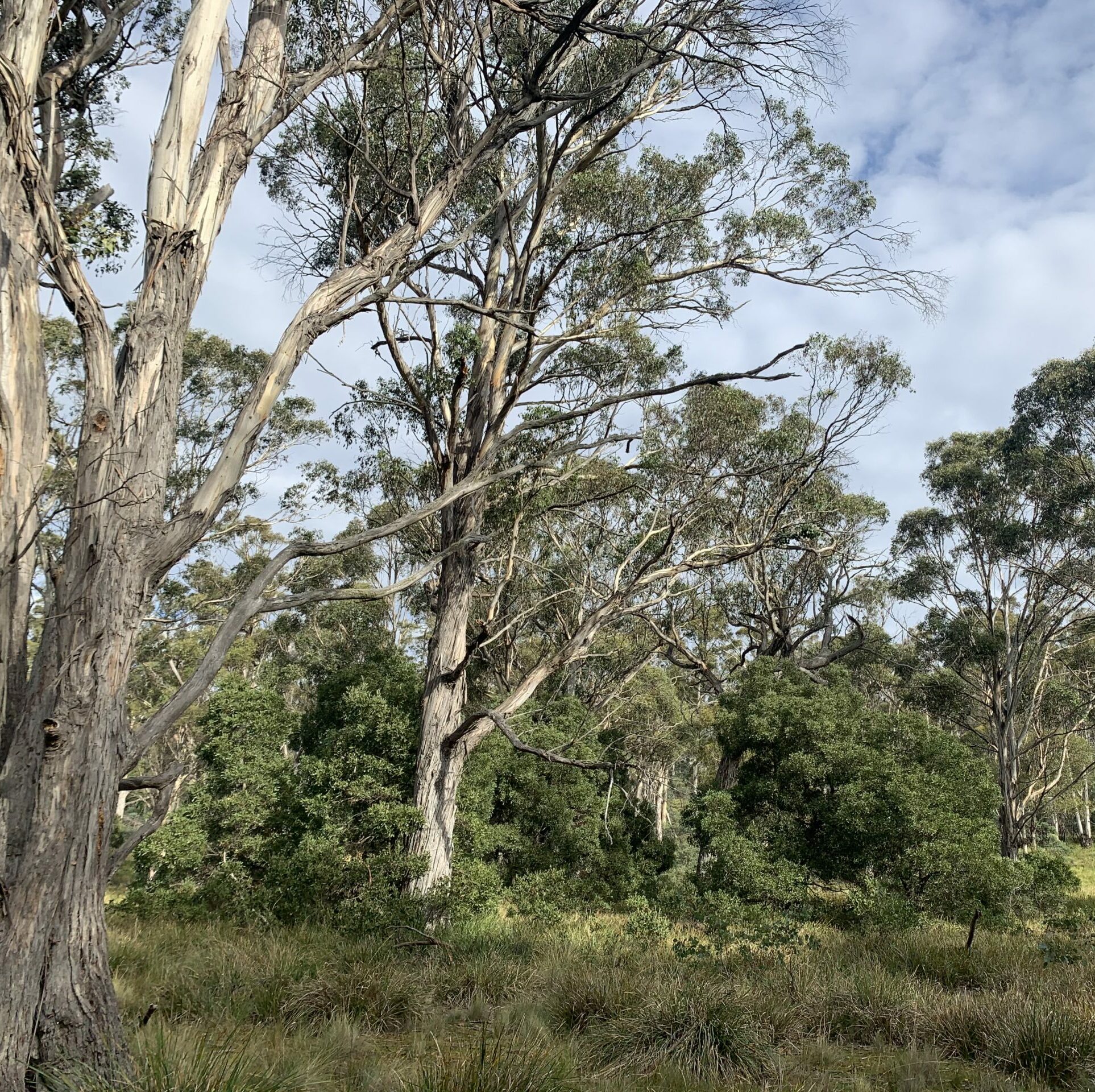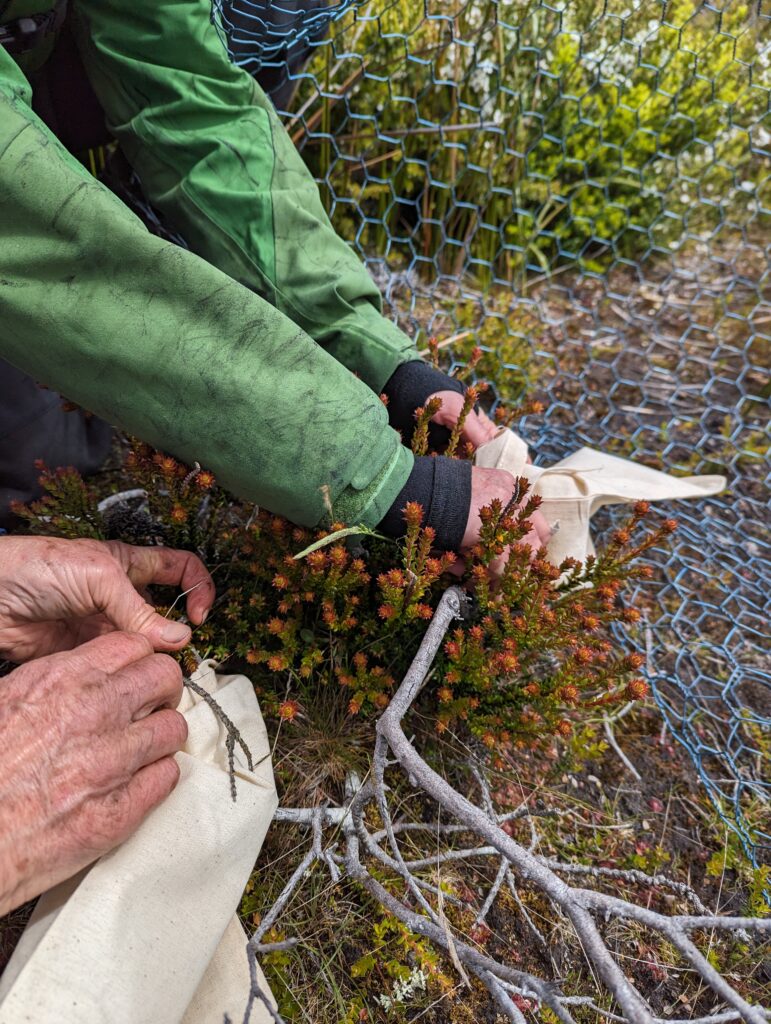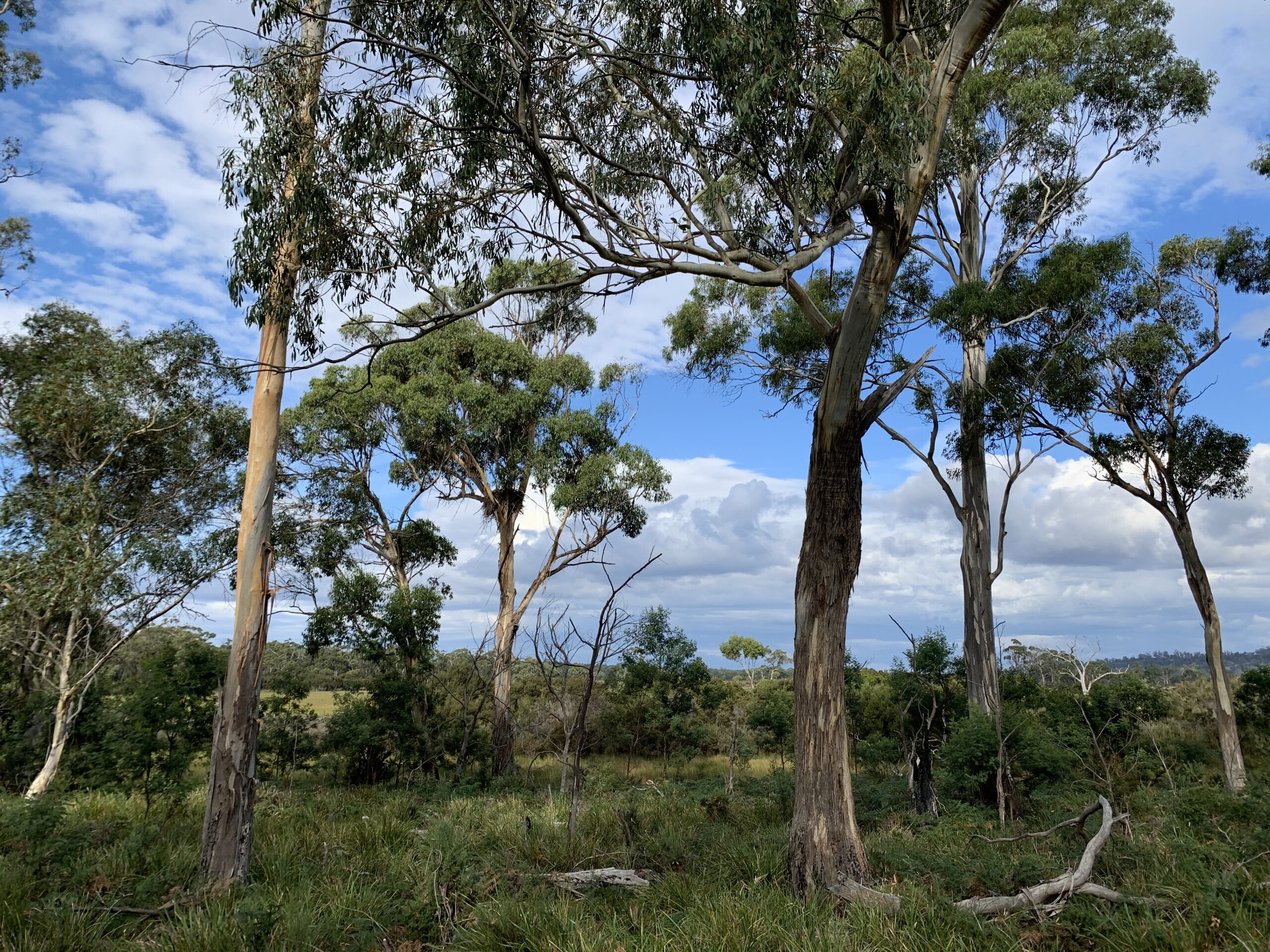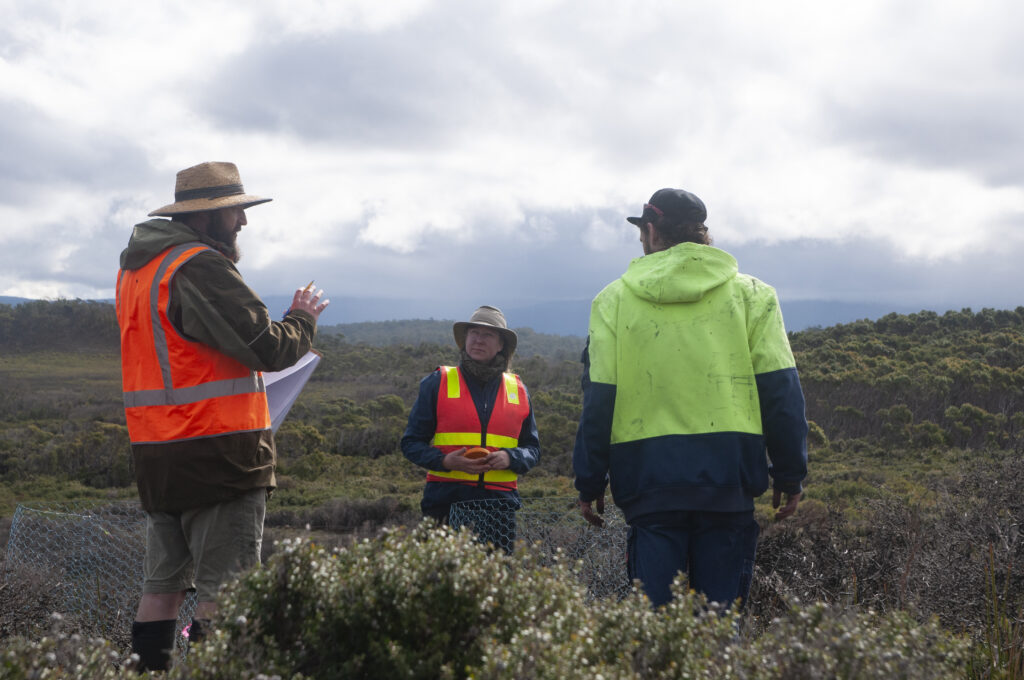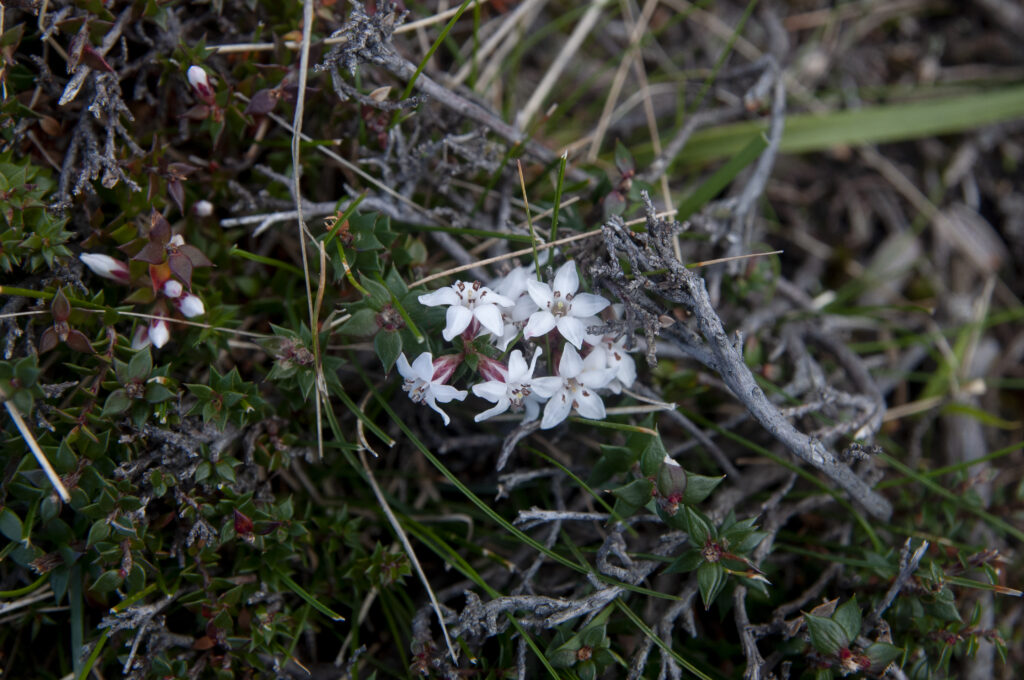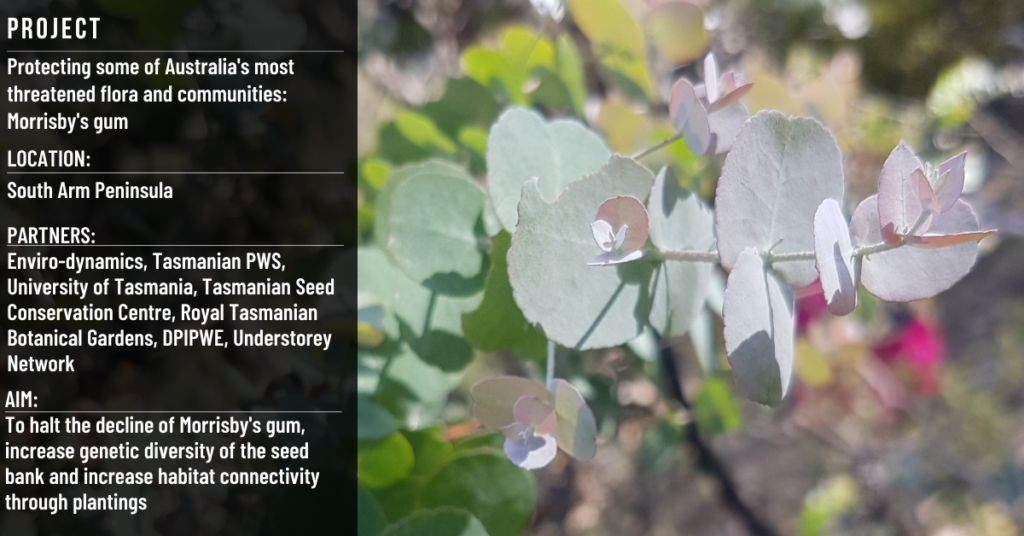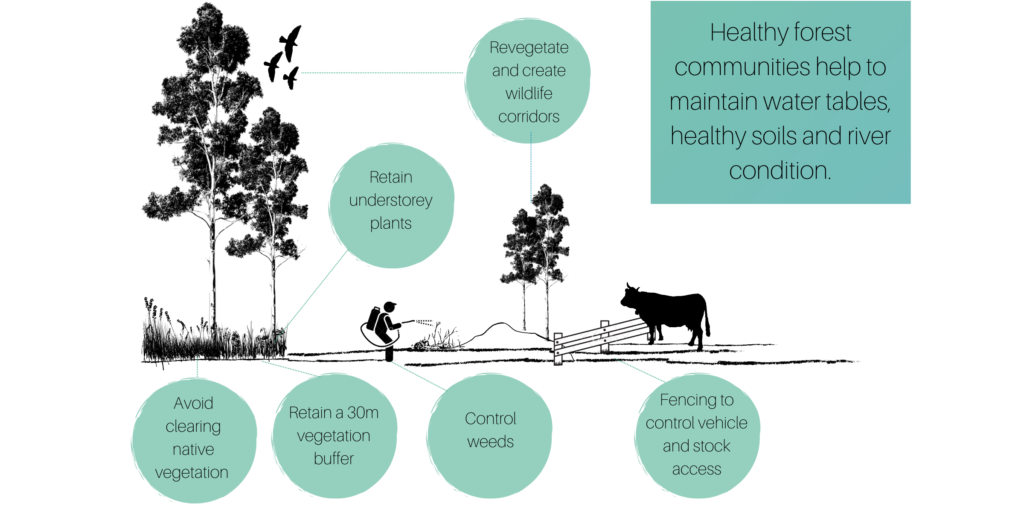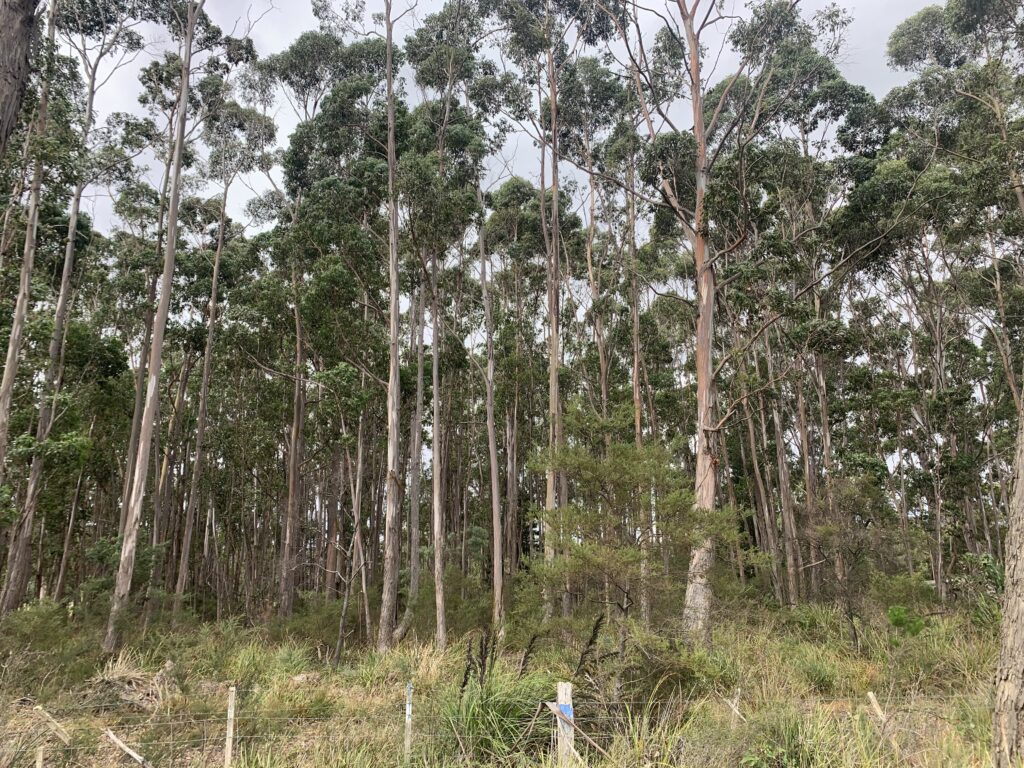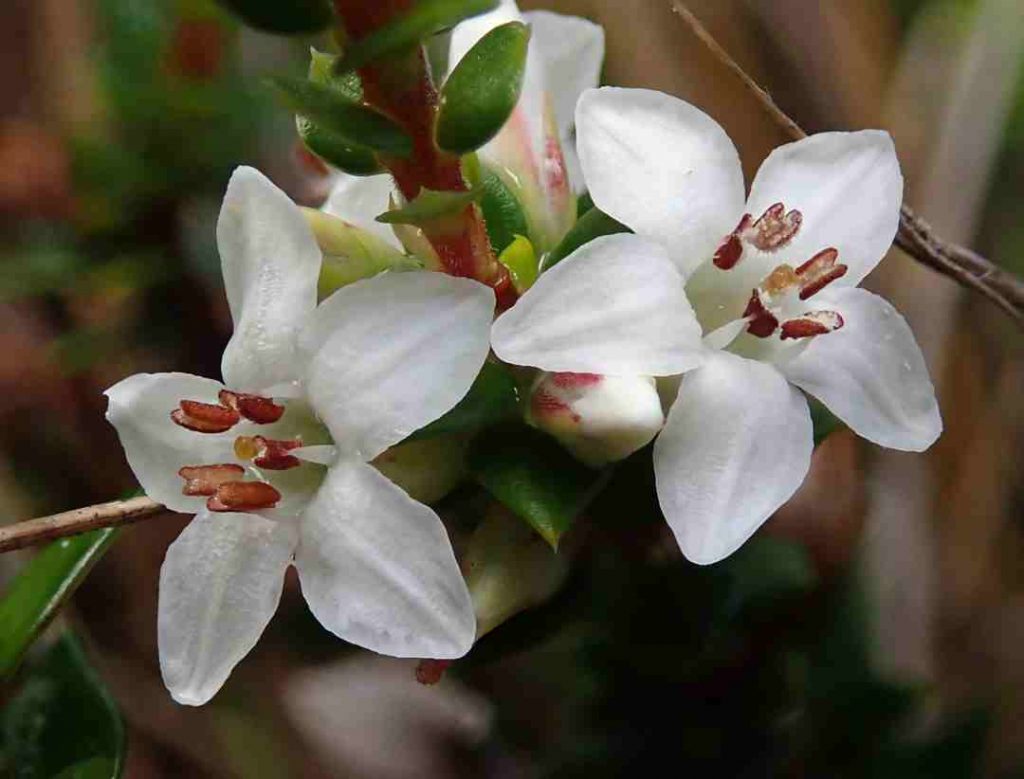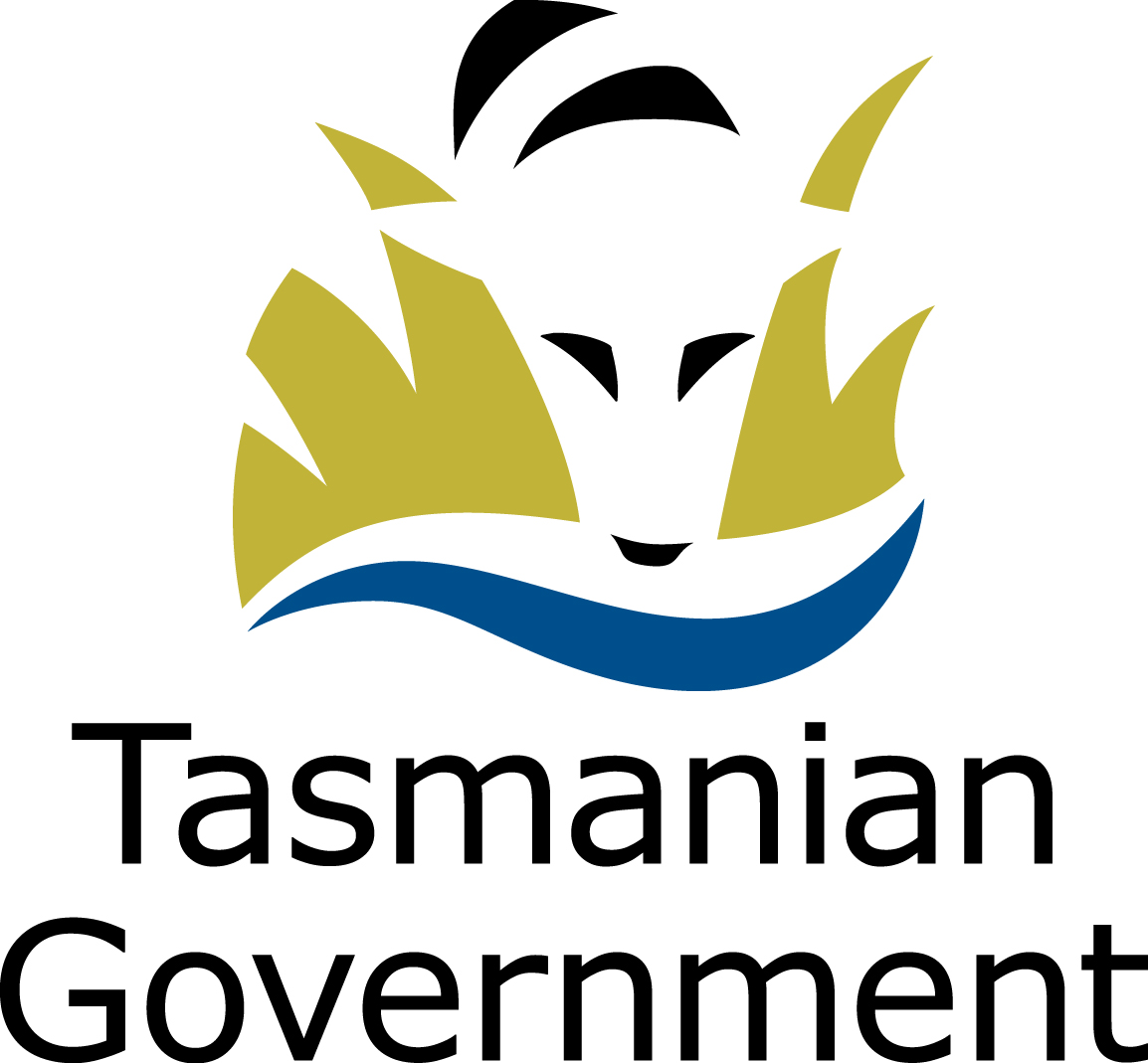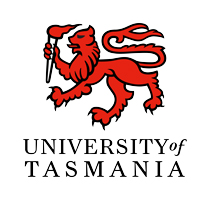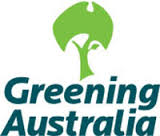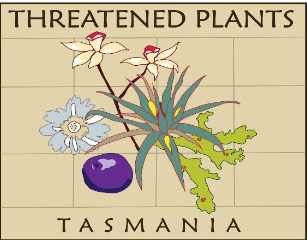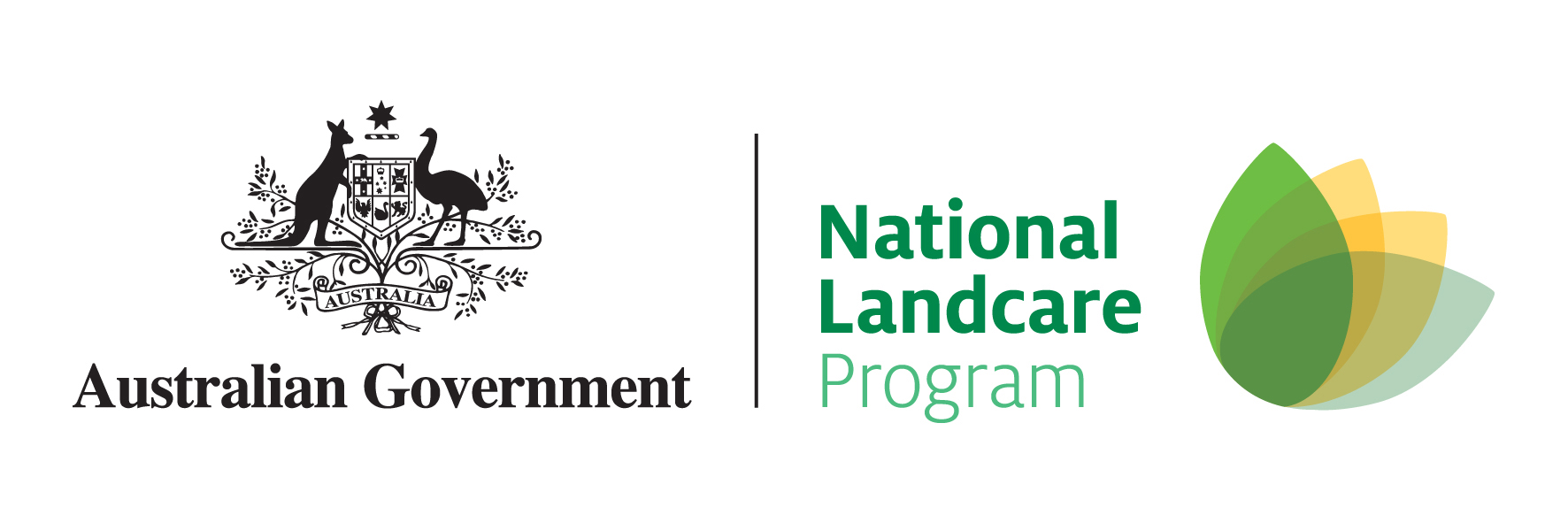Protecting Tasmania’s Threatened Flora and Communities
Tasmania is home to some of the oldest species of plants on Earth, and our geographical isolation means many of our plants are found nowhere else in the world. This group of sub-projects addressed threats to a select number of our most at risk plants and plant communities, and included efforts to boost seed reserves and improve genetic viability, replant and reconnect plant communities, and engaged the broader community in conservation efforts.
NRM South oversaw a suite of projects to protect two endangered plant species and one endangered vegetation community;
- Morrisby’s gum, one of Australia’s most threatened eucalypts,
- Southport heath (critically endangered and found only in one location)
- Black gum/Brookers gum forest and woodlands (a critically endangered vegetation community)
Our Approach
This project helped to protect the threatened flora in southern Tasmania through;
- MORRISBY’S GUM:
- Protecting remaining plants from browsers, wildfire and extreme hot and dry conditions;
Connecting remnants and establishing small seed orchards in the known range by working with local champions to support landholder, school and community group plantings;
Extending the distribution of the species into future climatic range;
Enhancing the quantity and genetic diversity of seed banked reserves to allow for future conservation plantings with maximum adaptive capacity, and;
Working with key stakeholders to develop a shared Conservation Action Plan for improving the condition and conservation status of this vegetation community across Tasmania. - SOUTHPORT HEATH
- Completing a census of the ex-situ population and put measures in place to protect it from high threat weeds;
Protect the mainland and island populations through suppression and removal of all competitive, habitat altering weed infestations;
Enhancing the quantity and genetic diversity of seed banked reserves;
Determining the optimal ex-situ germination conditions for the species, and;
Raising awareness of the species in the local community. - BLACK GUM/BROOKER’S GUM FOREST AND WOODLAND
- Ground-truthing vegetation mapping for this community (to improve the accuracy of the publicly available distribution mapping);
Protecting high conservation value remnants through conservation covenants; and
Providing support for landholders to improve their management of this community across southern Tasmania.
PROJECT PILLARS THREATENED FLORA
HELPFUL LINKS
Checking in on a critically endangered ecological community (TLC blog post) Black or Brookers Gum Information Sheet Landholder fact sheet Growing Morrisby’s Gum Note Sheet (Enviro-dynamics) Tasmanian Black Gum and Brookers Gum Forests and Woodlands: A Nationally Significant Ecological Community: A guide for farmers and other land managers (Australian Government) Black or Brookers Gum Ground-truthing Survey Report (TLC) Community efforts to revive an endangered gum case study (2021) Planting Guide for Southport HeathBackground
Tasmania is home to some of the oldest species of plants on Earth, and our geographical isolation means many of our plants are found nowhere else in the world. This group of sub-projects addressed threats to a select number of our most at risk plants and plant communities, and included efforts to boost seed reserves and improve genetic viability, replant and reconnect plant communities, and engaged the broader community in conservation efforts.
Saving Morrisby’s Gum
Tasmania is home to 30 species of eucalypt, 16 of which are found no-where else on Earth. One of these Tasmanian endemic species is the endangered Morrisby’s gum (Eucalyptus morrisbyi), included in the 30 priority plant species listed in Australia’s Threatened Species Strategy.
Morrisby’s gum is found at two locations in Tasmania’s south-east and today there are only a few remnants of Morrisby’s gum left in the wild. These wild stands have suffered a significant decline in recent years, going from around 2,000 mature trees in 2006 to fewer than 50 now.
This population decline is being driven by factors such as climate change, increasingly dry conditions, and insect and browser attack. Through a partnership project with Enviro-dynamics, Parks and Wildlife Service, University of Tasmania and Greening Australia, work on a suite of actions to help to halt this downwards trend and bring this species back from the brink of extinction was completed. This project built on the success of regeneration work conducted under NLP1.
Protecting Southport Heath
Southport heath (Epacris stuartii) is known from one remote location in southern Tasmania and is one of the 30 priority plants in Australia’s Threatened Species Strategy. In the early 2000’s, an insurance (ex situ) population was established on Southport Island to help insure against extinction.
Although a 2009 census showed a good survival rate, the island is home to several high threat weed species, which puts this population at risk. This project built on conservation work carried out under NLP1 and was delivered in partnership with the Department of Natural Resources and Environment Tasmania, Tasmania’s Parks and Wildlife Service, the Tasmanian Seed Conservation Centre, Threatened Plants Tasmania and pakana Services.
Protecting Black Gum/Brooker’s Gum Forest & Woodland
Tasmanian black gum (Eucalyptus ovata) / Brooker’s gum (E. brookeriana) forest and woodland is a habitat under threat. This vegetation community, known formally as ‘Tasmanian forests and woodlands dominated by black gum or Brookers gum’ is unique to Tasmania and is classed as critically endangered.
Around 90% of this community has been lost to historical clearing, so it is now protected under Tasmanian and Australian Government law. It is at risk from native vegetation clearance, invasive species, grazing pressure and other threats associated with land-use and poor land management practices.
NRM South addressed threats to this community in partnership with the Tasmanian Land Conservancy and the Department of Natural Resources and Environment Tasmania.
Project Achievements
- Two conservation covenants approved
- Southport heath survey completed
- Developed a black gum/Brooker’s gum landholder fact sheet
- Supported 174 plant giveaways which has contributed to 21 new plantings
- Mapping work on black gum/Brooker’s gum communities
- Four landholder agreements covering 10 ha formalised to protect conservation plantings of Morrisby’s Gum and three Morrisby’s Gum plantings established on private property (covering 7.5 ha), with 2,430 Morrisby’s Gum seedlings planted.
- Eighteen Southport Heath plants caged at Southport Bluff to allow for future seed collection, and seeds collected from Morrisby’s Gum.
- Stall at Dover community market distributed 60 Southport Heath plants to the local community.
- Nine Forest on Farms management agreements established and property action plans with private landholders developed.
- Five conservation covenants established protecting a total of 38.15 ha of Black or Brookers gum forest.
Project Achievements
5 conservation covenants established covering over 38 ha of Black gum/Brooker’s gum habitat
4 landholder agreements formalised covering 10 ha
9 Forest on Farm management agreements implemented
Community plant giveaways for Morrisby’s Gum and Southport Heath
18 Southport Heath plants caged to allow for future seed collection
3 Morrisby’s Gum plantings established on private property (covering 7.5 ha), and 2,430 seedlings planted
Landholder fact sheet developed on how to protect Black gum/Brooker’s gum on farms
What's Next
This project is funded until June 2023. It is anticipated that participating land managers, both private and public, that have been engaged in this project will continue their ongoing commitment to the future of these threatened flora species. Many private landholders have either covenanted their property or signed a conservation agreement indicating their intent to manage threatened species such as Morrisby's Gum.
